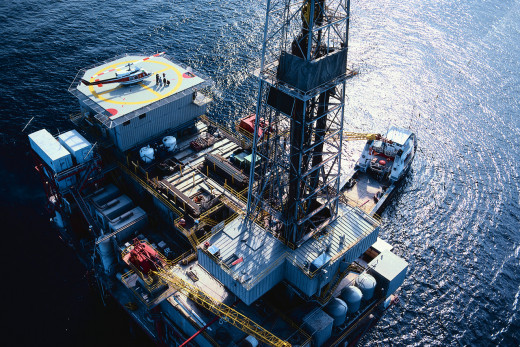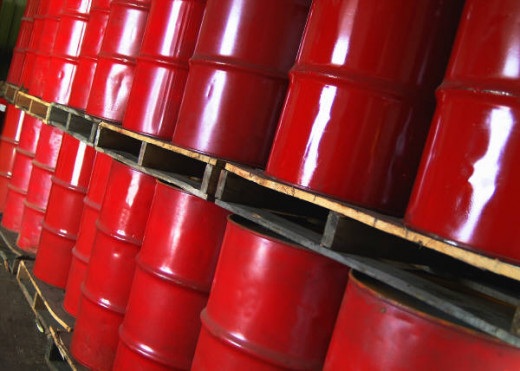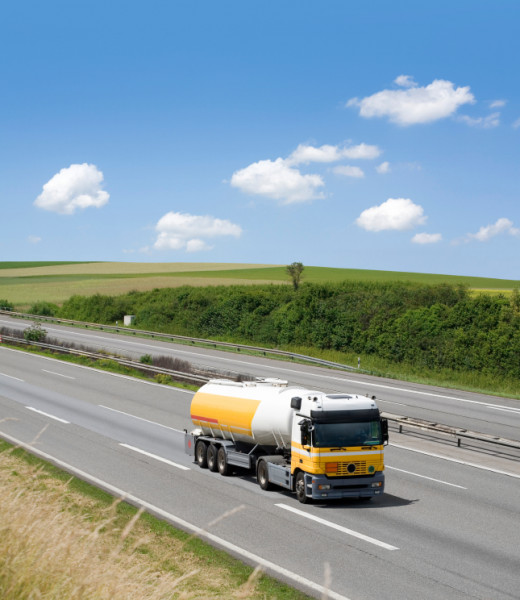Understanding Gas Pricing and Cost Factors

Understanding gas pricing and the associated cost factors is very complicated. There are determinants involved at all levels, including locally. Gas cost is part of a volatile, interdependent, supply and demand situation. It is possible, however, for consumers to understand what contributes to the price fluctuations commonly witnessed at the pumps.
Crude Oil
The biggest portion of gas cost is always the crude, the raw material drilled from the earth and used to make gasoline. About 65 to nearly 70 percent of each dollar you spend on gas goes to crude suppliers. This is largely determined by oil-exporting nations, particularly OPEC, that determine how much oil to produce and sell to other countries. The more oil produced, the lower the cost of gas.
Crude is produced and sold in barrels (1=42 gallons). One barrel cost around $35 in 2004; in 2011 that figure hovered around $120. Cost factors include a few things: less production of crude; less availability in high-quality crude that gasoline is made from; disruptions of oil production in producing countries; and the decline of the U.S. dollar, the currency of all oil trade in the world market.
Further, there is a great demand on oil from developing nations, like India and China whose automotive markets are beginning to boom and where thousands of miles of roadway is being constructed. Americans too show no signs of decreased demand. With 86,000 miles of highway the pain at the pump will only linger.
Take the Oil Quiz!
view quiz statisticsCrude Oil Refining
Crude is transported to refineries where gasoline and other petroleum products are made. Refinery costs account for close to 15 percent of pricing. Gasoline requires a higher quality of crude, referred to as light/sweet crude. It has fewer impurities and is cheaper to produce. Lower quality crude, or heavy/sour crude, has a higher sulfur content that is costlier to produce and is tough on equipment. Obviously, there is more demand for sweet crude, but it is becoming less available. Thus, gas prices may increase.
The seasons make a difference, too. There is about a five percent increase in gas prices during the summer (and holidays) in expectation of more travel. Refineries alter their formulas to protect air quality. Also, winter blend-gasoline is less expensive than gasoline used in the summer.
There is need for more refineries in the U.S., which hasn’t built one since the 1970s. Domestic refining of oil helps to offset sudden demands at home; but without this ability, more oil has to be imported.

The 12 OPEC Nations
Saudi Arabia, United Arab Emirates, Qatar, Kuwait, Libya, Algeria, Iran, Iraq, Nigeria, Angola, Venezuela, Ecuador
Gasoline Tax, Distribution, and Marketing
About 13 cents of every dollar goes to gas taxes—federal, state, local, and special. This could mean as much or more than 30 cents on every gallon of oil produced—and American taxes are far cheaper than in Europe. Taxes and inflation in the U.S. have dramatically increased since the 1950s. (Taxes are sometimes a larger percentage on the dollar than refining costs!) Taxes are the primary reason for differing prices around the country.
Distribution and marketing are cost factors directly passed on to you. Crude is extracted and transported to refineries, then to wholesalers and retail locations. These costs are not included in the cost to produce gasoline and neither are the costs for marketing the company brand. These costs account for about eight percent of your dollar.

Believe It or Not...
Gas costs 18 cents in Venezuela!
See How Crude is Extracted
More Pain at the Pump
Other cost factors contributing to fluctuations in gas pricing are:
Air Quality Monitoring
States and regions have different air quality requirements. This places pressure on refineries to produce various formulations, called boutique fuels. Consequently, it slows the process and pricing increases.
Proximity
Most gasoline in the U.S. is produced on the Gulf Coast. People who live farther from this region will pay more due to transport costs.
Competition and Markup
Competition drives down costs, so gas prices automatically increase where there is little competition, like in rural areas. Many gas stations are owned by independent businesses and have the freedom to set their own prices. This means that stations are free to add on to pricing.
Then, while some states are enacting gouging laws, others have laws prohibiting stations from charging less than a certain percentage over the invoice price. This protects small gas stations from being driven out of business by large chains. The truth, however, is that large companies are increasingly having less to do with gasoline retail.
The Unpredictable
Military conflict, world events, and disastrous weather do take their toll. Again, anything that affects oil from the time it is drilled and anywhere in the process translates into a potential price hike. And let’s not forget to include speculation and how oil investors are thinking about it all. Gas pricing and its cost factors is complicated, but you should understand a little better now.








